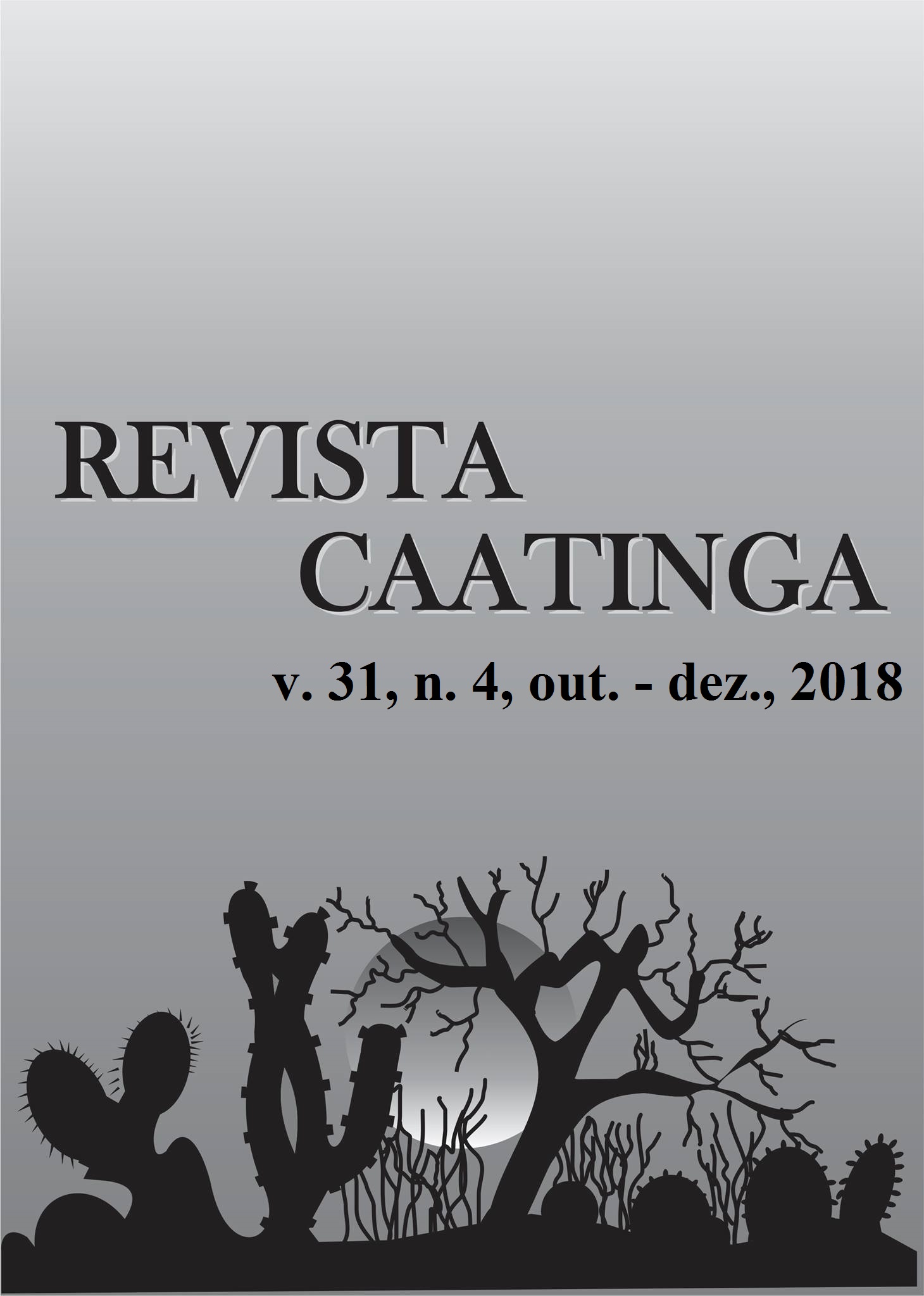PRIMING OF BRACHIARIA SEEDS WITH DIFFERENT SUGAR SOURCES AND CONCENTRATIONS
DOI:
https://doi.org/10.1590/1983-21252018v31n406rcKeywords:
Urochloa brizantha. Glucose. Sucrose. Maltose. Direct immersion.Abstract
Seed priming is a practice for improving the expression of seed physiological potential. Such technique consists of synchronizing and reducing the time of seed germination by controlled hydration. The aim of this study was to evaluate the effect of seed-priming with different sugar sources and concentrations on the physiological quality Urochloa brizantha seeds and initial seedling performance. Before treating, seeds were scarified chemically with concentrated sulphuric acid (H2SO4) for 5 minutes to overcome physical dormancy. The experimental design was completely randomized in a 3 x 6 factorial scheme consisting of priming using three sugar sources (glucose, sucrose, and maltose) and six concentrations (zero [water control], 2%, 5%, 10%, 15%, and 20%), with four replicates. The seeds were primed by direct immersion for 2 hours at 25 ºC and, after hydration, they were dried for moisture equilibrium recovery. Seed germination, vigor, viability, and initial seedling growth were evaluated. The results showed that glucose was the source able to promote beneficial effects on the germination of U. brizantha cv. MG-5 seeds. Moreover, the supply of glucose at the concentrations of 2 and 5% for physiological conditioning increased seedling dry phytomass.
Downloads
Downloads
Published
Issue
Section
License
Os Autores que publicam na Revista Caatinga concordam com os seguintes termos:
a) Os Autores mantêm os direitos autorais e concedem à revista o direito de primeira publicação, com o trabalho simultaneamente licenciado sob a Licença Creative Commons do tipo atribuição CC-BY, para todo o conteúdo do periódico, exceto onde estiver identificado, que permite o compartilhamento do trabalho com reconhecimento da autoria e publicação inicial nesta revista, sem fins comerciais.
b) Os Autores têm autorização para distribuição não-exclusiva da versão do trabalho publicada nesta revista (ex.: publicar em repositório institucional ou como capítulo de livro), com reconhecimento de autoria e publicação inicial nesta revista.
c) Os Autores têm permissão e são estimulados a publicar e distribuir seu trabalho online (ex.: em repositórios institucionais ou na sua página pessoal) a qualquer ponto antes ou durante o processo editorial, já que isso pode gerar alterações produtivas, bem como aumentar o impacto e a citação do trabalho publicado (Veja O Efeito do Acesso Livre).







